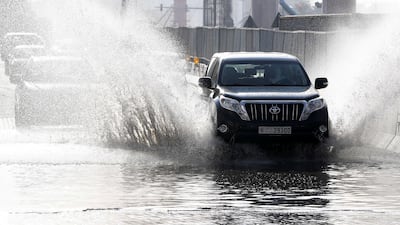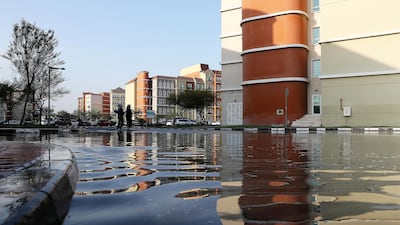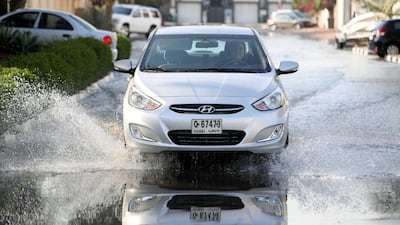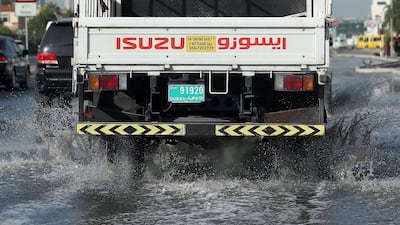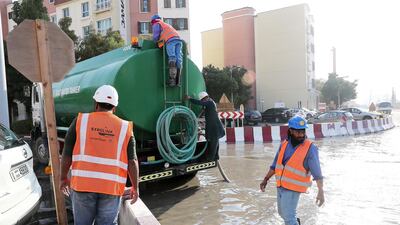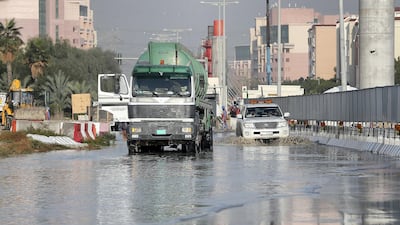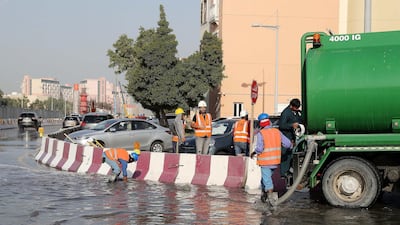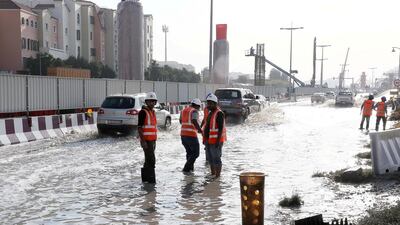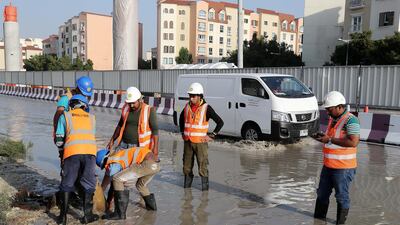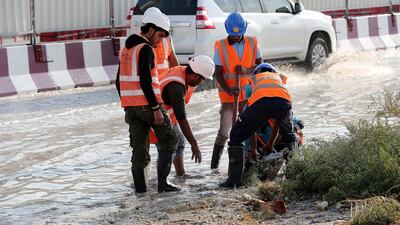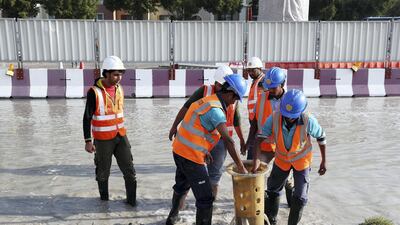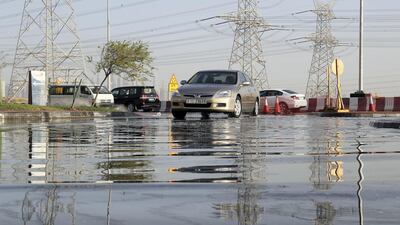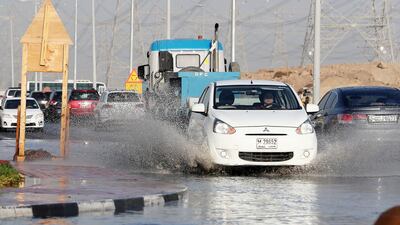Seeding can boost rainfall from an individual cloud by as much as 35 per cent in a clean atmosphere, according to the UAE's national weather centre.
A National Centre of Meteorology (NCM) official said the centre is encouraged by the recent progress seen, although measuring the exact impact of flights is extremely complex.
The average rainfall in the country is about 120mm a year but it fluctuates from year to year.
"Our operations have focused on towering cumuliform clouds, which are the most common rain-bearing clouds in the UAE," said Omar Al Yazeedi, director of research, development and training at the NCM.
"Based on our previous seeding operations, we estimate that cloud-seeding operations can enhance rainfall by as much as 30 to 35 per cent in a clean atmosphere, and by up to 10 to 15 percent in a turbid [dusty] atmosphere.”
Because the UAE's atmosphere can be hazy, the lower figure is more usually representative of the seeding operations here.
____________
Read more
Cloud seeding missions coincide with huge downpour
Heavy rain prompts evacuations in Al Ain and Fujairah
___________
The NCM's method of calculating the extra rain is a complex, statistical model. It involves the NCM monitoring clouds and determining how much water is contained in them. For example, a medium cumuliform cloud contains about 500,000 cubic metres of water. The NCM can then assess how much rain should fall from such a cloud and how much has fallen after seeding missions. This is done only after dozens of operations and is not an exact science.
The figure comes ahead ahead of next week's UAE Research Programme for Rain Enhancement Science awards.
In 2017, 242 cloud seeding missions were carried out by the UAE, with 177 carried out in 2016. However, there is no direct link between the amount of missions carried out and enhanced rain and it depends on the nature of the seedable clouds.
The UAE’s cloud-seeding operation began in the 1990s. Today six planes fly out of Al Ain.
Salt crystal flares are fired into the updraft of suitable clouds. The theory is that water vapour condenses around the salt, the droplets increase in size, collide and then falls as rain.
Contrary to popular opinion, seeding planes fly throughout the year and not just at times of unstable weather.
For example, the Indian monsoons bring areas of low pressure to the eastern parts of the country in summer and seeding takes place.
Cloud seeding also does not create artificial rain - it solely boosts the amount of rain that falls.
Only natural salts and no harmful chemicals are used in the seeding operations, the NCM said.
The World Bank reported that 1.6 billion people live in countries and regions with absolute water shortage and predicts that this number will rise to 2.8 billion people by 2025.
The UAE established the programme for rain enhancement in 2015 to look into ways to tackle water security. It offers a yearly US$5 million (Dh18m) grant to be shared by five winning scientific proposals.
The winners of this year’s grant will be announced next Wednesday as part of Abu Dhabi Sustainability Week and a forum on rain enhancement.
“To build on what we have achieved so far, we are working closely with UAE Research Program for Rain Enhancement Science awardees on new precipitation enhancement methods, including improving our understanding of local conditions and more effective cloud seeding techniques,” said Mr Al Yazeedi.
“Our awards ceremony and international forum will give us the opportunity to share our research achievements with some of the best minds in the field. The fact that we are now playing a leading international role in rain enhancement research reflects how much we have achieved through our dedication to research and innovation over the last 10 years.”

